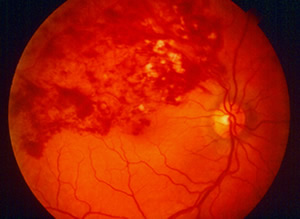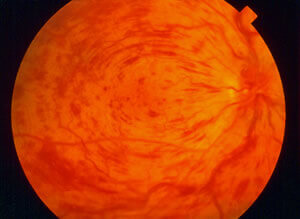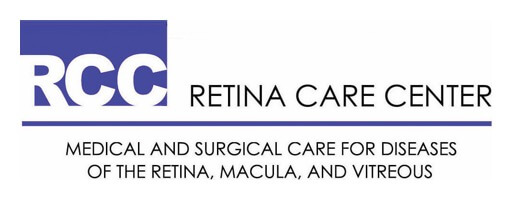This is a disease of the retina that occurs due to blockage of blood flow within the retinal veins. It results in retinal bleeding, retinal swelling and loss of vision. There are two types of retinal vein occlusions and these include:
- Branch retinal vein occlusion.
- Central retinal vein occlusion.


Causes of retinal vein occlusions include arteriosclerosis or narrowing and hardening of the retinal arteries.
Risk Factors
Risk factors for retinal vein occlusion include:
- Advancing age – more than 50% of cases occur in patients over the age of 65
- Systemic diseases such as hypertension (high blood pressure), high cholesterol, diabetes, smoking, obesity and clotting disorder
Symptoms
Symptoms of retinal vein occlusion include:
- Painless vision loss
- Blurriness
- Distorted vision

Treatments
- Laser treatment can be successful with branch retinal vein occlusion
- Intravitreal injections such as Avastin®, Lucentis®, Eylea®, Ozurdex®, Triesence® or Vabysmo®.
- It is critical that the underlying systemic diseases are treated adequately by the primary care physician.



